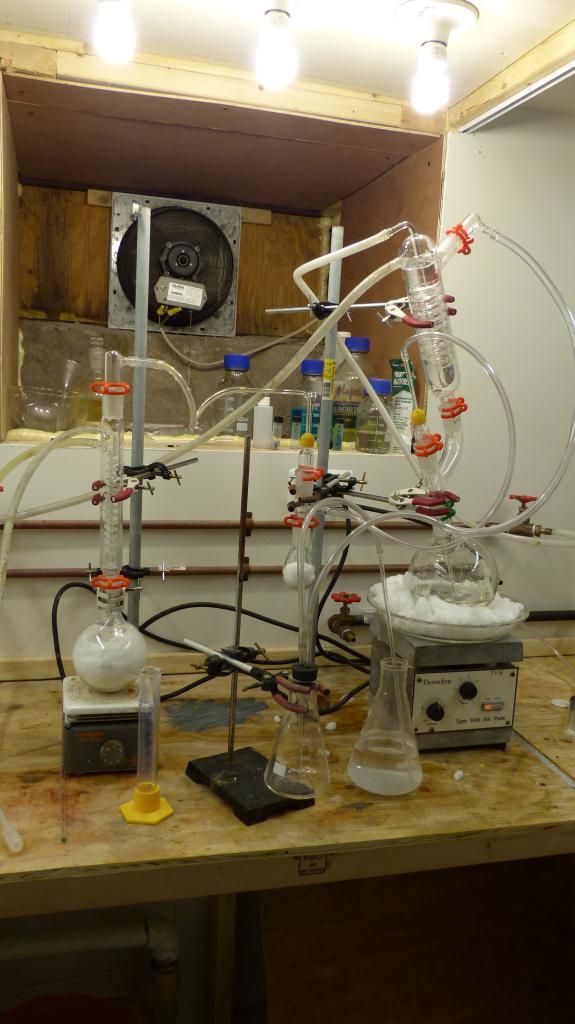

Quote: Originally posted by Cheddite Cheese  |
Quote: Originally posted by Etaoin Shrdlu  |
Quote: Originally posted by Chemosynthesis  |
Quote: Originally posted by blogfast25  |
Quote: Originally posted by blogfast25  |
Quote: Originally posted by blogfast25  |
Quote: Originally posted by blogfast25  |
Quote: Originally posted by Cheddite Cheese  |

Quote: Originally posted by Etaoin Shrdlu  |
| Quote: |
Quote: Originally posted by CuReUS  |
| Quote: |






Quote: Originally posted by CuReUS  |
Quote: Originally posted by aga  |
Quote: Originally posted by CuReUS  |
Quote: Originally posted by Nicodem  |
Quote: Originally posted by Cheddite Cheese  |







Quote: Originally posted by Jylliana  |


Quote: Originally posted by byko3y  |
Quote: Originally posted by Cheddite Cheese  |
Quote: Originally posted by Cheddite Cheese  |
Quote: Originally posted by Cheddite Cheese  |
Quote: Originally posted by byko3y  |
Quote: Originally posted by Chemosynthesis  |
Quote: Originally posted by Cheddite Cheese  |
Quote: Originally posted by Cheddite Cheese  |
Quote: Originally posted by Cheddite Cheese  |
Quote: Originally posted by DJF90  |
Quote: Originally posted by Cheddite Cheese  |
Quote: Originally posted by Chemosynthesis  |
Quote: Originally posted by Chemosynthesis  |
Quote: Originally posted by DJF90  |
Quote: Originally posted by DJF90  |
| Quote: |
Quote: Originally posted by byko3y  |
 ). I might have to
do what the authors of the procedure did and use chromatography.
). I might have to
do what the authors of the procedure did and use chromatography.
| Quote: |

| Quote: |
